It made me think of all the other problems I have due to the amount of books I have selling on Amazon and Smashwords. Self Publishing on Amazon can often be fraught with perils, just as self publishing on Smashwords can.
Through self publishing on Amazon I’ve been able to get 11 books out there, and that means I’ve got to have 2 to 3 descriptions, or blurbs, for each. Links have to be assigned properly, and all need covers. Each book has different formatting needs as well as certain marketing aspects. Pricing is a factor, even for the same book in different retailers. And let’s not forget about all the time spent not writing when I’m working on publishing. There’s a lot that goes into self publishing on Amazon, so let’s take a look at each point in turn.
Blurbs
If you’re self publishing on Amazon and Smashwords, you’ll need at least 2 different blurbs, and perhaps 3. Amazon is pretty simple: you can write whatever you want, and however much you want. There are also some neat formatting tricks you can use to make your text stand out with bold fonts and colors.
Smashwords, on the other hand, acts like the meat grinder they’re so fond of comparing themselves to. You have to have one short blurb that comes in at about 400 to 500 characters. The other is a longer blurb that can be an exact copy of the blurb you used for self publishing on Amazon, its length being up to you.
Links
I’ve got lots of links that I need to update each time I put out a new ebook. First, there’s the new link, or two in my case since I’m using both Amazon and Smashwords. When my new book goes live, I’ll get the link. I make the link as small as I can, meaning I only have the site name and the book code, whether it’s an ASIN or ISBN.
Now I’ve got to put those into my blurbs document. I have two sections in the document, one for my “About the Author” page for self publishing on Amazon, the other for Smashwords. The reason I have two is because I put these links on there, and both retailers get angry if they see those links. This can cause your book to be delayed in the publishing process, and you might have to republish it.
I have very short blurbs on my About the Author page for each of my 11 books. A new blurb, of about 50 words, has to be added for the new book. I always include the title in there, and that’s where the link is anchored. Now I’ve got to go and paste that new About the Author page into each of my books, which is really 22 different books since I need 2 files for each, one for self publishing on Amazon and one for Smashwords. And then I’ve got to publish them all again.
Is this worth it? I think so. Who knows which buyers will scroll all the way down to that page and check out your other books? That one extra blurb could be a new reader, and perhaps not just for that book, but for your others as well.
Covers
Every time you’re self publishing on Amazon your book will need a cover. That means I’ve got to find and pay someone to make it for me. I nearly always do this on Freelancer.com, often with varying results.
When I finish a new book, I make up a ‘mock’ cover myself of the direction I’d like to go in. These always look bad. You can tell with a quick glance that they’re not really professional, and I still have 3 of these DIY covers out there.
An important consideration that I’ve only begun to look seriously at lately is the thumbnail size of your cover. If people can’t see what your title is or make out your picture at 250x250 or less, then you’re probably going to have some problems. This is always an ongoing struggle when it comes to self publishing on Amazon, and sometimes you might have to sacrifice aesthetic elements for the sake of sales.
Formatting
Formatting is a pain, especially if you’re using html, which I’m just starting in on. I often feel like pulling my hair out when I’m going through each line of my books one-by-one, but perhaps it needs to be done. You can do a lot more with html than you can without, like make the first letter of a new chapter stand out and give the chapter titles some color.
I can usually get away these days with formatting my book easily enough for both Amazon and Smashwords, at least the non-fiction books. I always write those in such a way that I’m formatting as I go, which makes the end formatting so much easier. One of the main problems is with fiction, however. I’m always having problems with tabs, line spacing, and other mundane issues that compromise my perfectionist tendencies. These things are often easy enough to resolve, and when you are self publishing on Amazon often enough you get better at it.
Pricing
How do you price a new book? When do you make that decision? Usually when I’m writing I’ll get a good idea of the value I think the book imparts, as well as what I can ask for it. I’ve got books on Amazon and Smashwords right now ranging in price from $0.99 to $9.99 and I’ve even had some of them listed as free form time-to-time.
One of my latest books, the Tarot book, is listed for $0.99 on Amazon, but $2.99 on Smashwords. I’ve gotten sales on Smashwords before when the same title isn’t selling well on Amazon. I’m trying this tactic out, and I’m curious as to how it will go.
Marketing
I hate marketing my books; I’d much rather be writing another. But marketing is often a necessary good, or evil, when you’re self publishing on Amazon. There are many ways you can market your books, and chances are you already have the tools at your fingertips.
Nearly everyone has social media accounts like Facebook and Twitter, so send the word out. If you’ve got email you’ve probably got contacts. Send your closest the links to your book. If you don’t have a website, now would be a great time to start one. Blogs and forums are out there in plenty regardless of your niche, and establishing a presence that doesn’t badger or blather could help out your long-term sales.
Advertising is always an option, and there are many avenues to go down, including Bookbub advertisements, Facebook ads, and a whole lot more. Don’t neglect print advertising or newspapers if you think your book is something special. Press releases to the right people could pay off, even if it’s just 1 out of 100.
Consider giving several copies of your book away to people who will review it for free. Several months could roll by before you see anything, but it’s just another weapon in your marketing arsenal when you embark on the quest of self publishing on Amazon.
Writing
It seems with each book that I put out I’ve got less time to write a new one. Obviously that doesn’t last too long, or stop me, however. Still, I’ve just finished 2 more books and now have nothing substantial in the pipeline. A feeling of emptiness is welling up inside.
The best thing to do when that happens is to write something. I’ve got a few novel ideas, and there’s always another non-fiction idea out there that people could be better informed about. The key is finding a balance between your dual role as a publisher and as a writer when you embark on the often perilous and painstaking path of self publishing on Amazon.


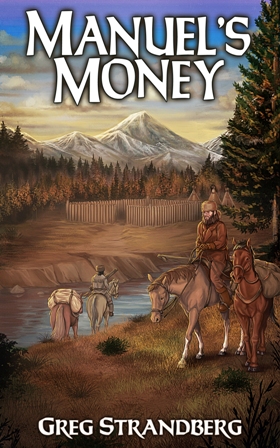
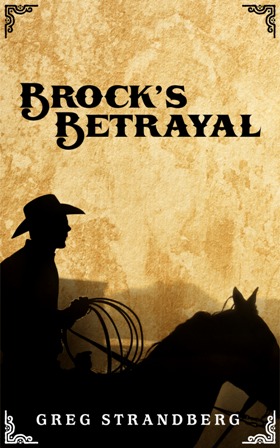
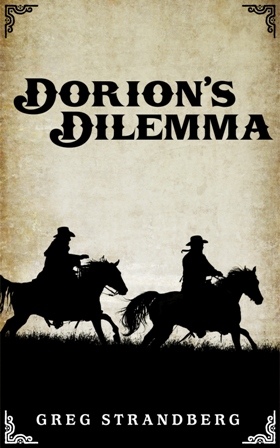

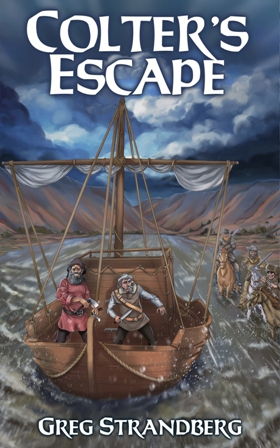


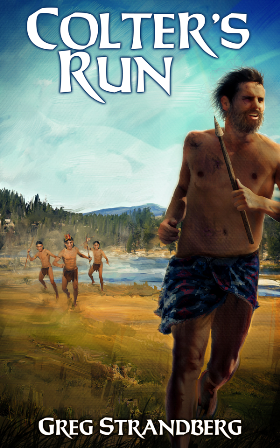
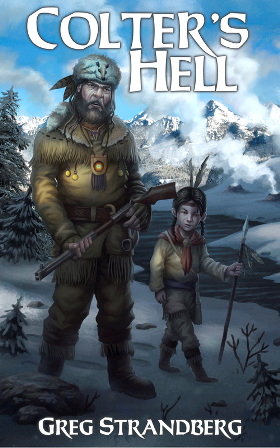

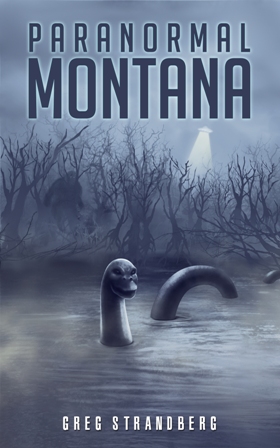
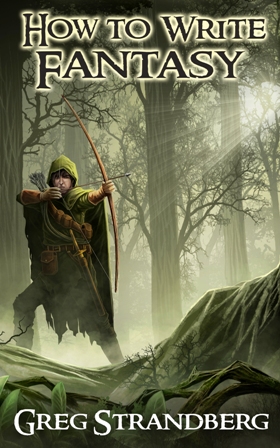


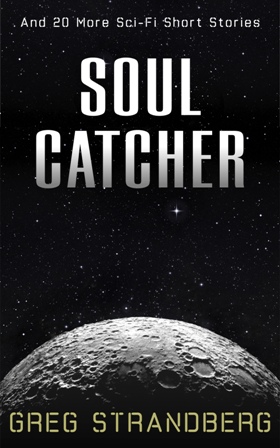
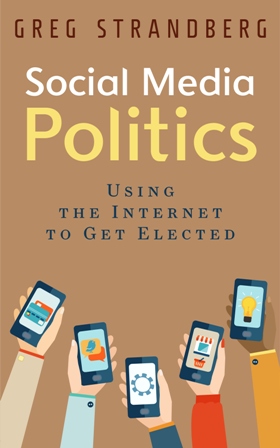
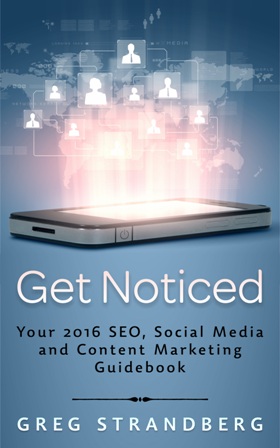
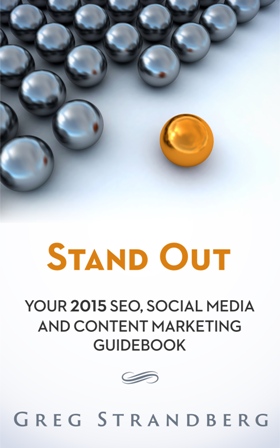
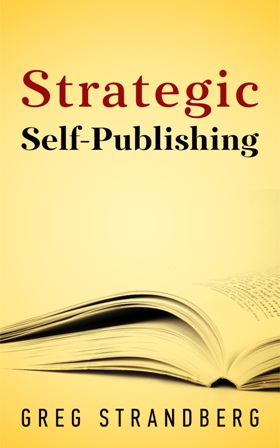
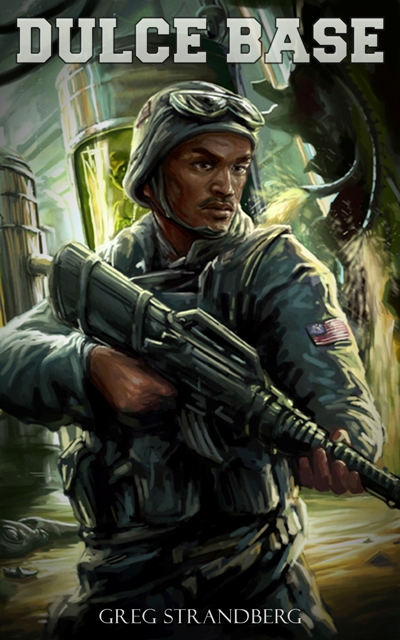
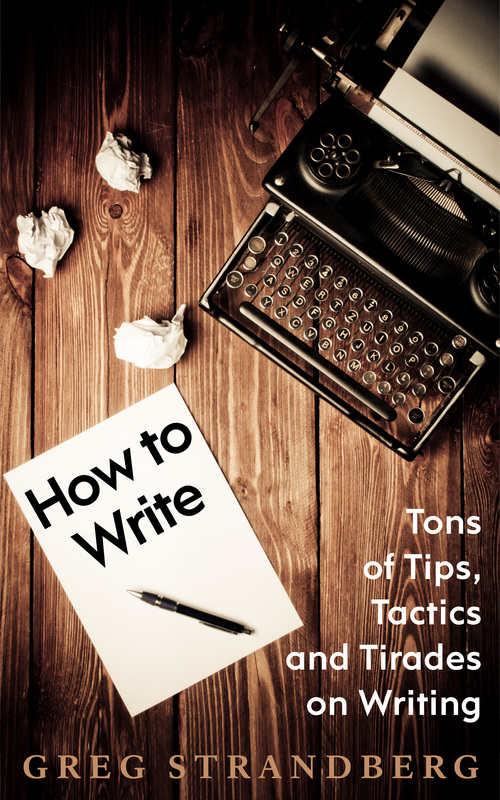
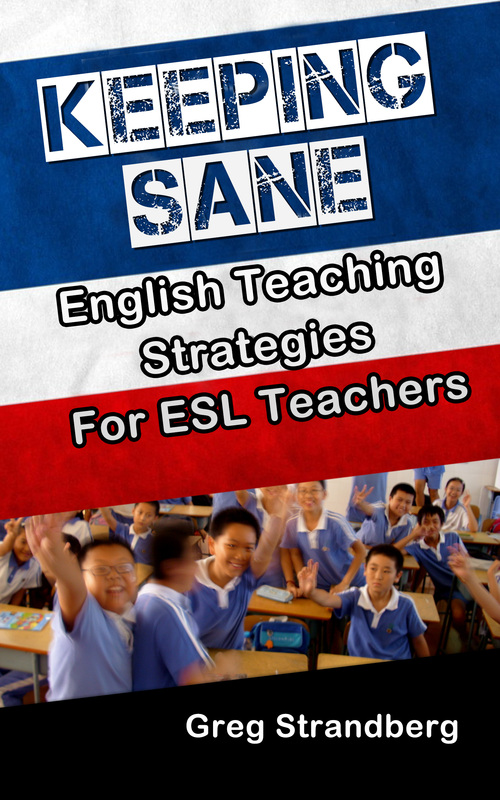
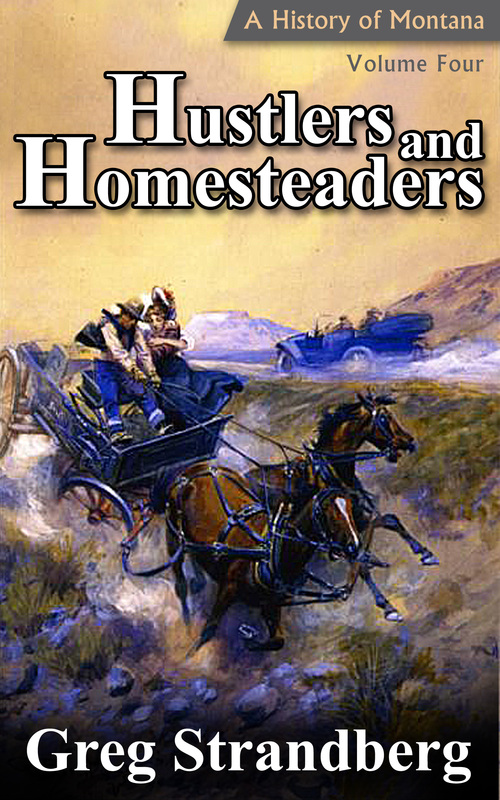
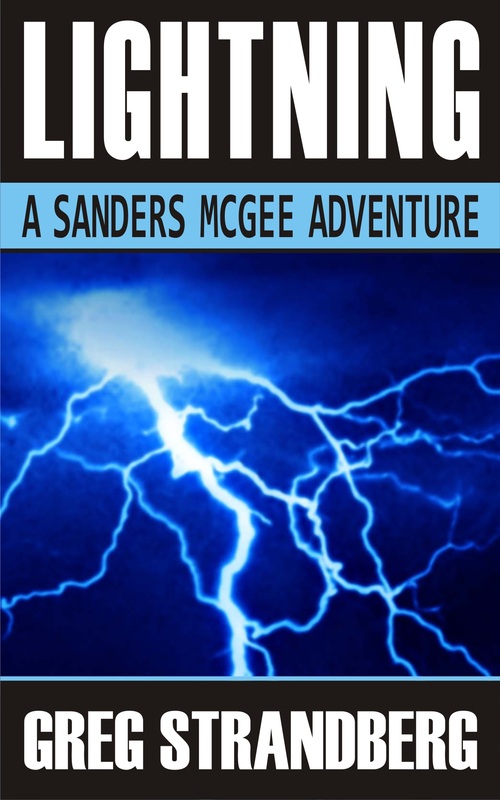
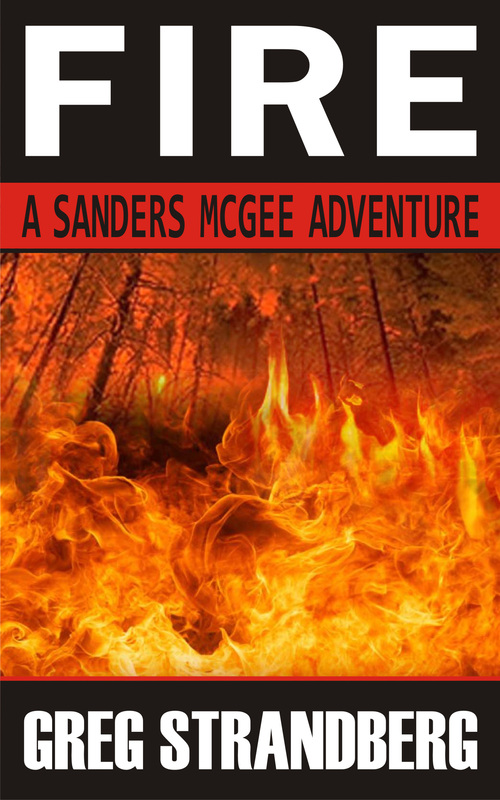
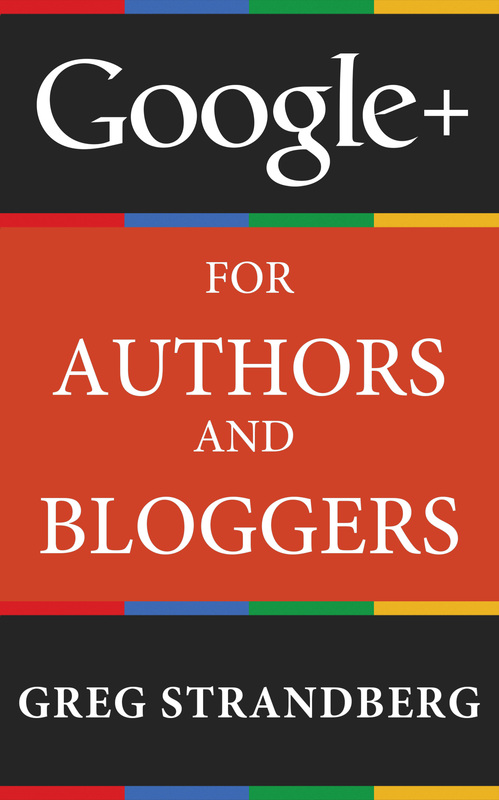
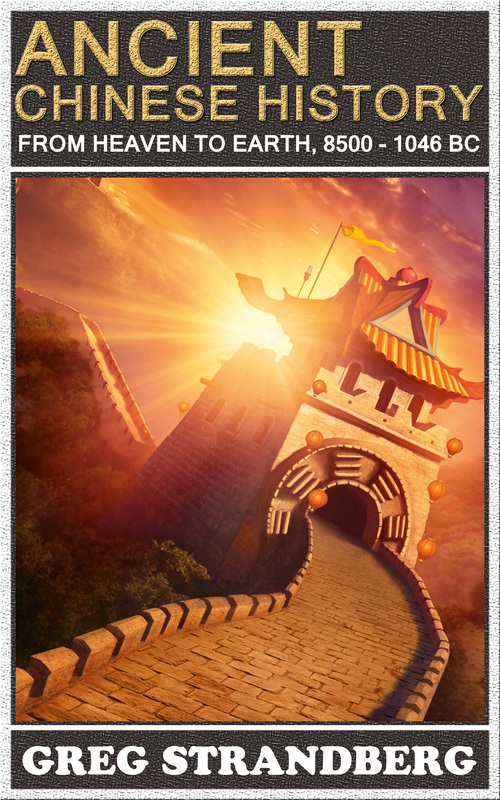


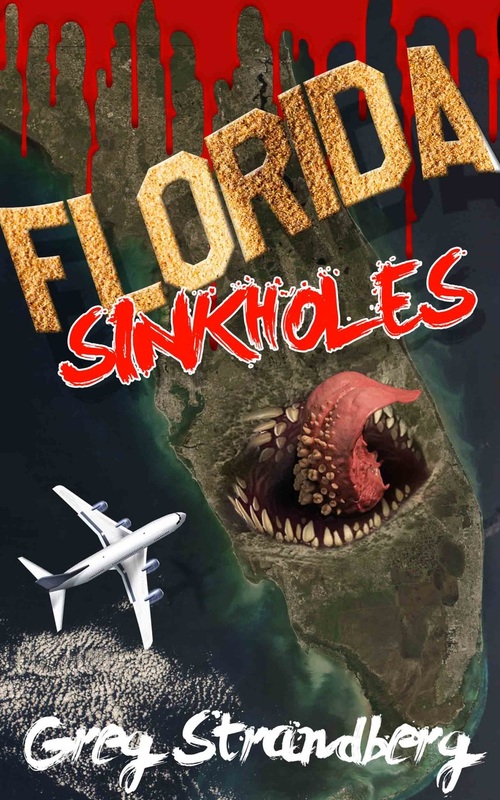

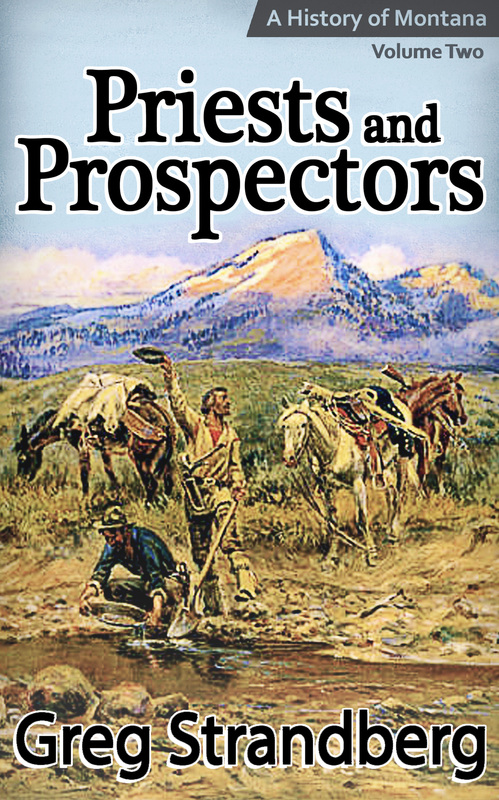

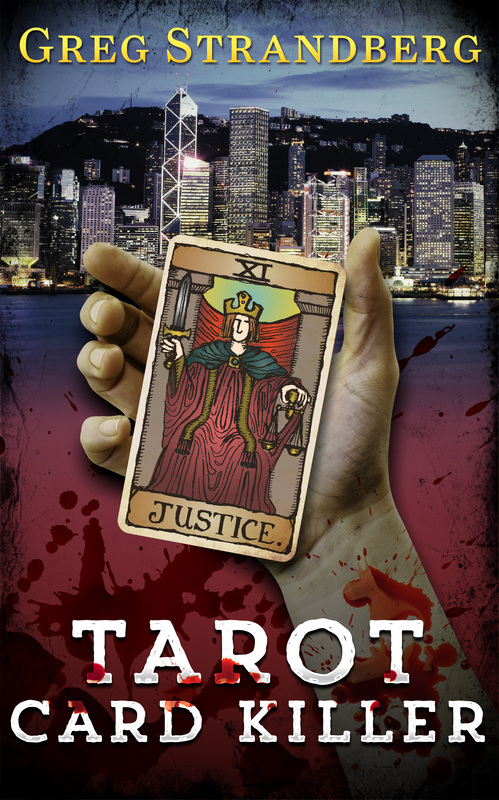
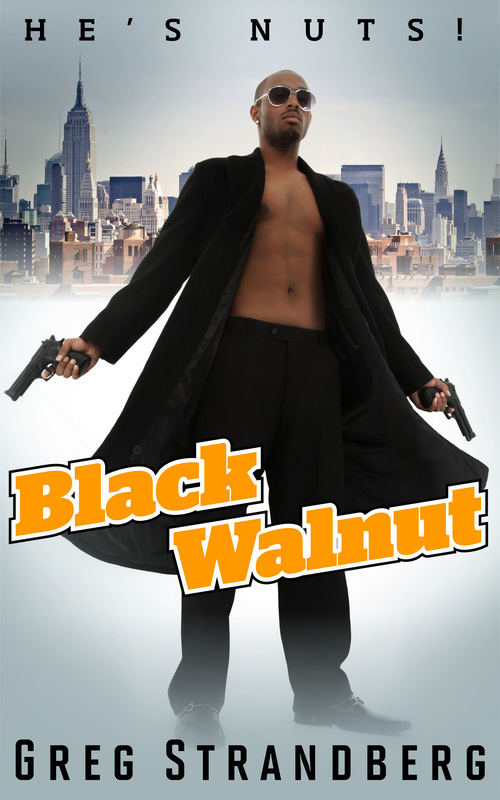

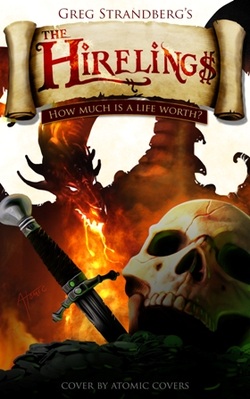
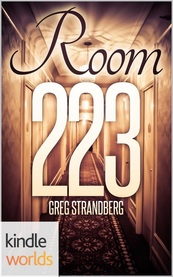

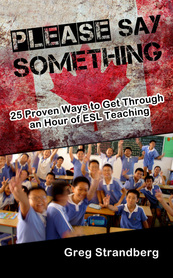

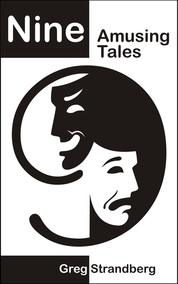
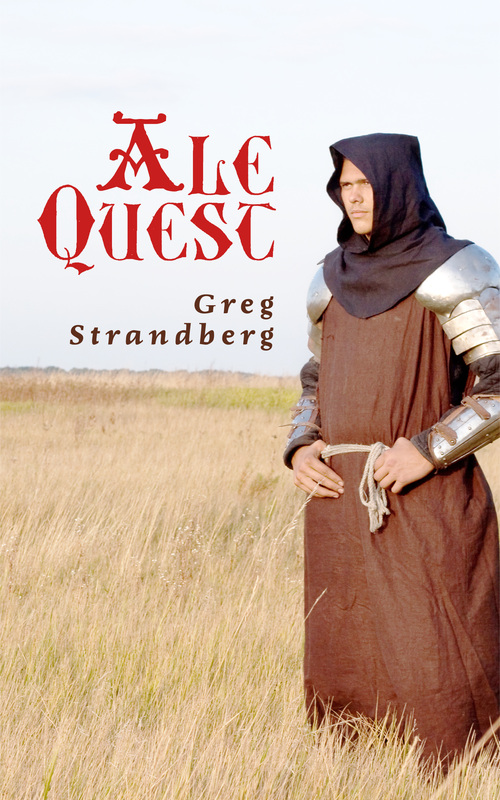
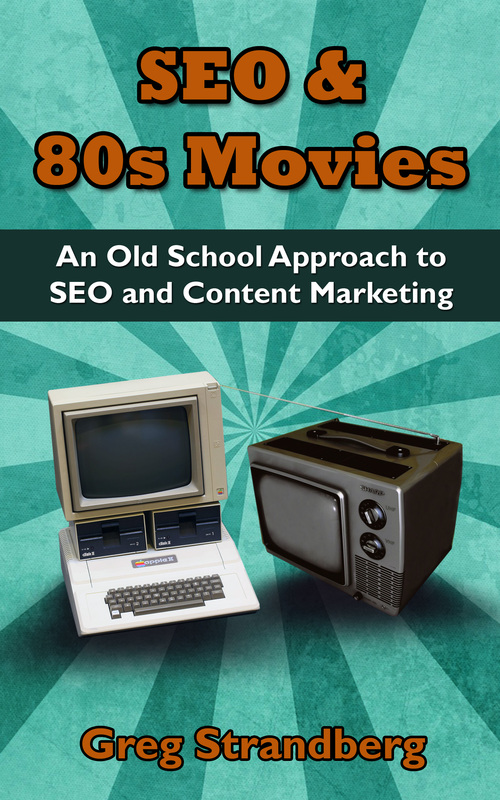
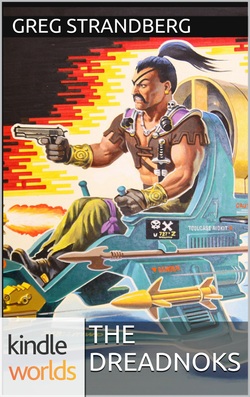
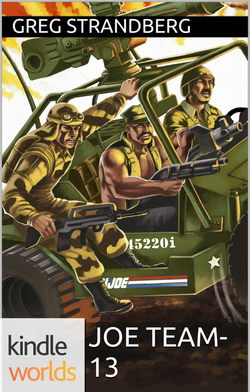
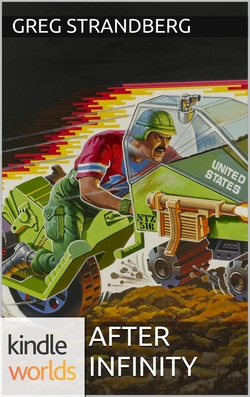
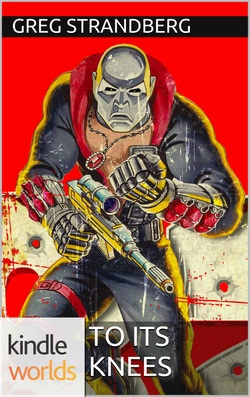
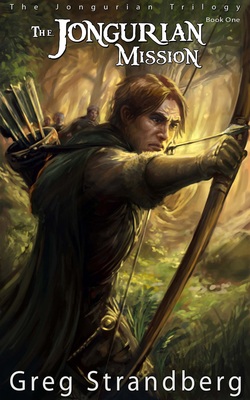

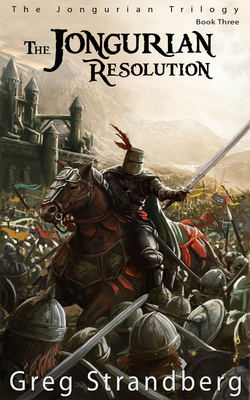

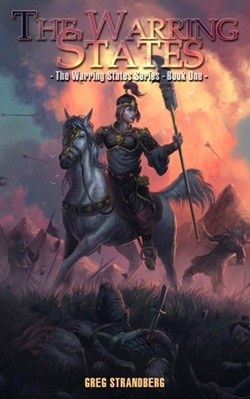
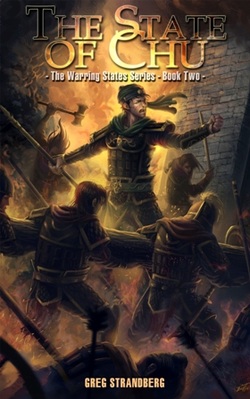
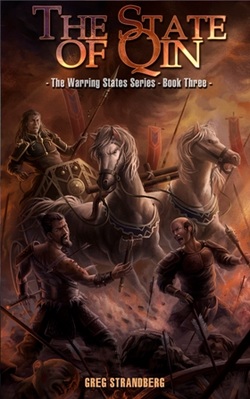
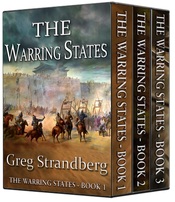
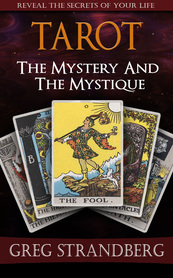
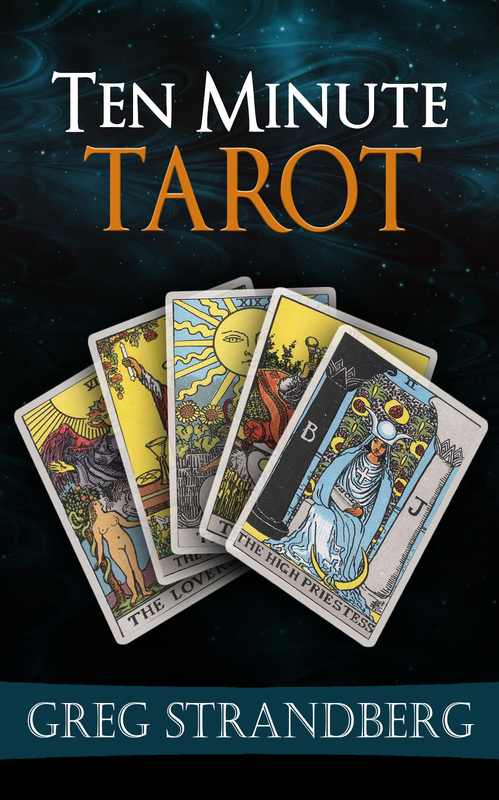
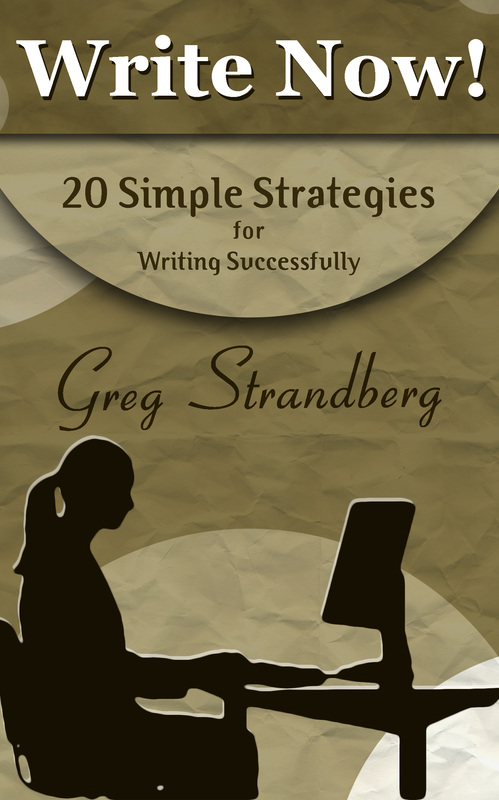
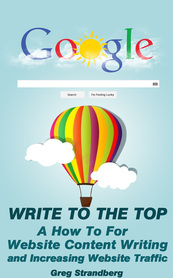


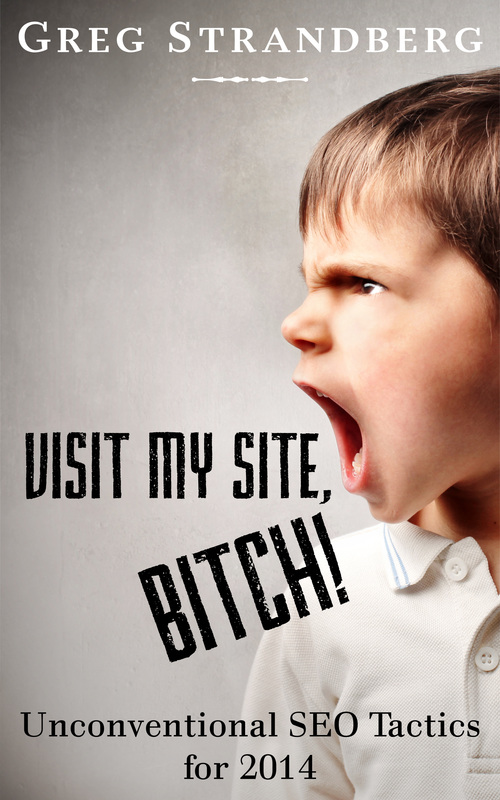
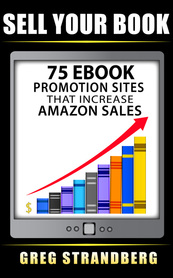
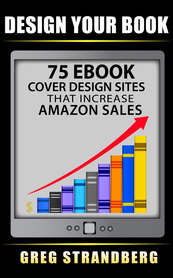
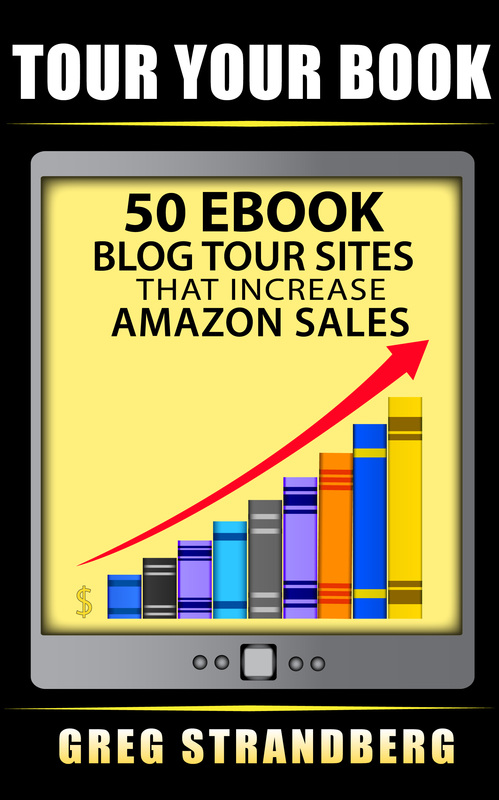
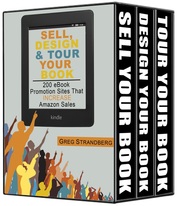
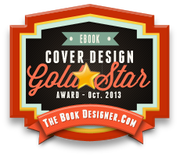

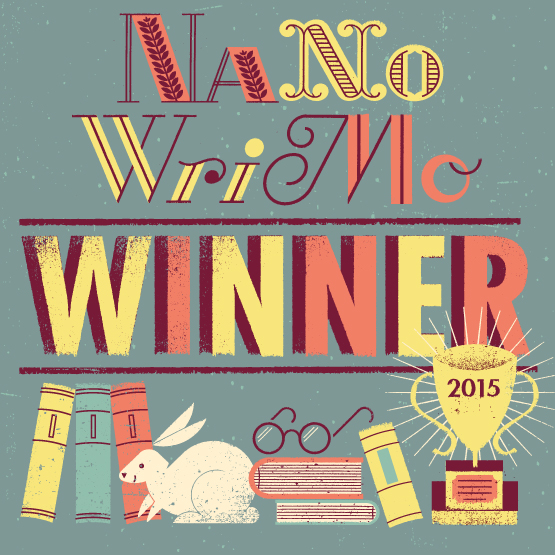
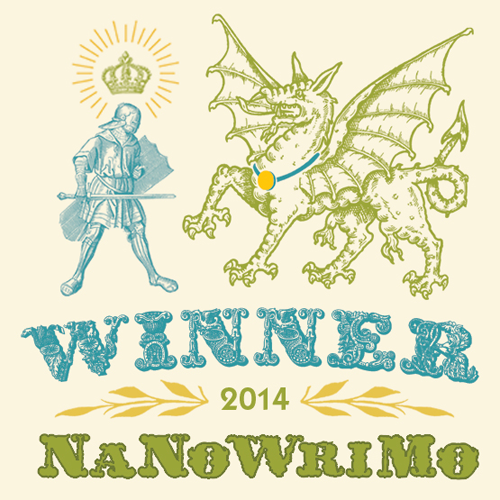
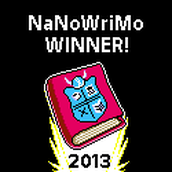
 RSS Feed
RSS Feed